1.Impermeability
Naturally, cork is quite resistant to water. It absorbs very little amount of water, which is why it has been used as a bottle stopper for centuries. Moreover, it’s low density and buoyancy also make it suitable for creating floating devices like life vests and fishing floats.
2. Low Heat Transfer
Cells in cork are small and tightly packed. The gas enclosed within these cells also has low thermal conductivity. As such, heat cannot easily pass through the material. This is also why cork is fire retardant.
3.Elasticity
Because of its cellular structure, it can be easily compressed during insertion into the bottle and then expands to form a tight seal. This property of cork is of great significance because the interior diameter of the neck of bottles is inconsistent—cork can contract and expand as required.
4. Insulation
Cork has a bubble-form structure and is a natural fire retardant. This makes it suitable for acoustic and thermal insulation in floors, ceilings, and walls. Corkboard, a by-product of stopper production, is now also being increasingly used as an insulation product. It is seen as a non-allergic, safe, and easy-to-handle alternative to petrol-based chemical insulators.
5. Natural
Another wonderful thing about cork is that its extraction does not require cutting down trees. Only the bark is stripped to harvest the cork, and the tree continues to live and grow. Therefore, cork production is environmentally sustainable.




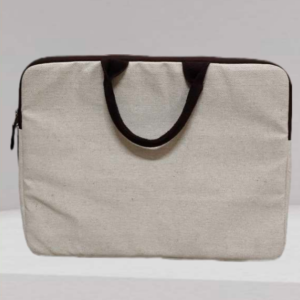



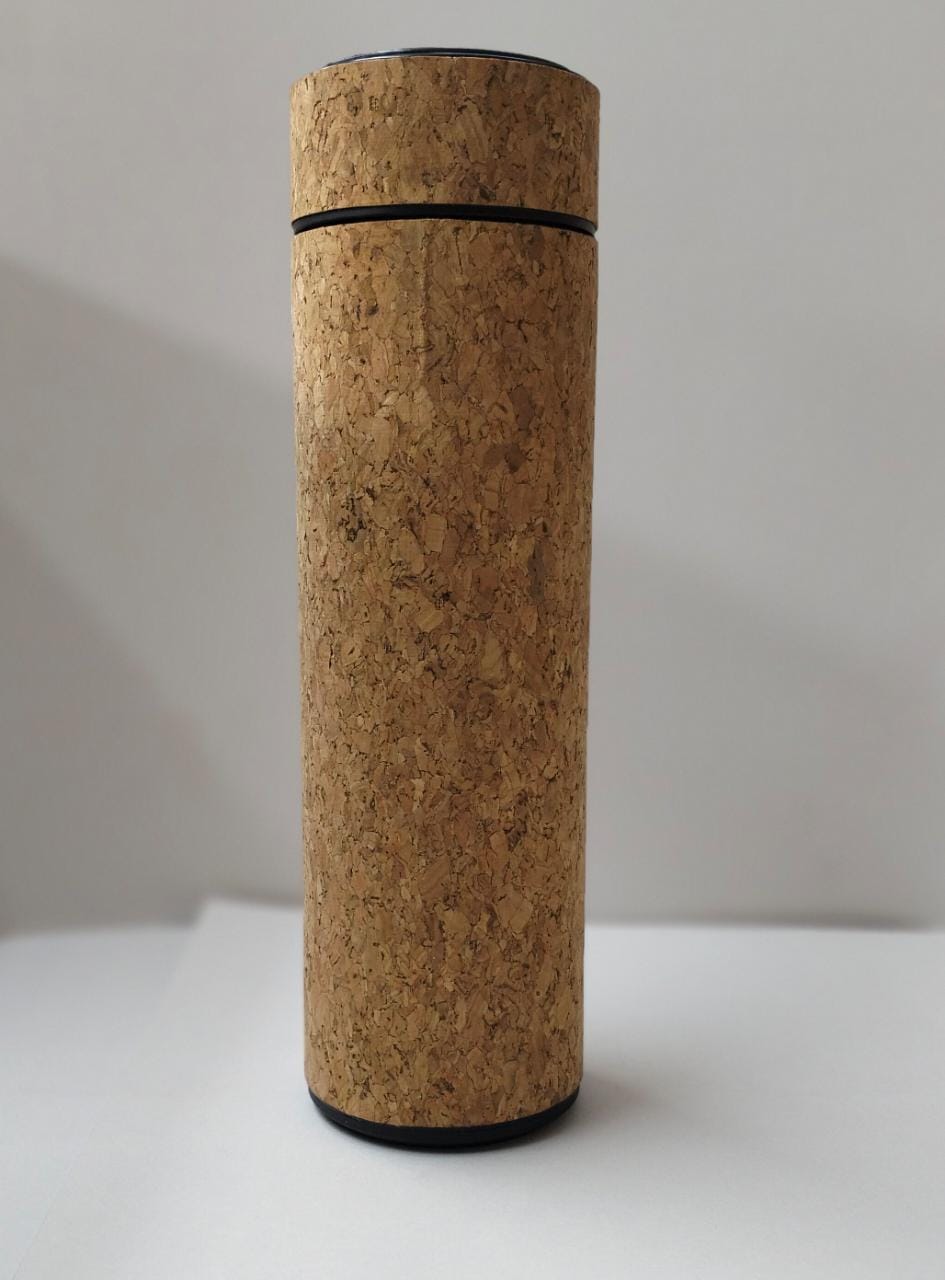
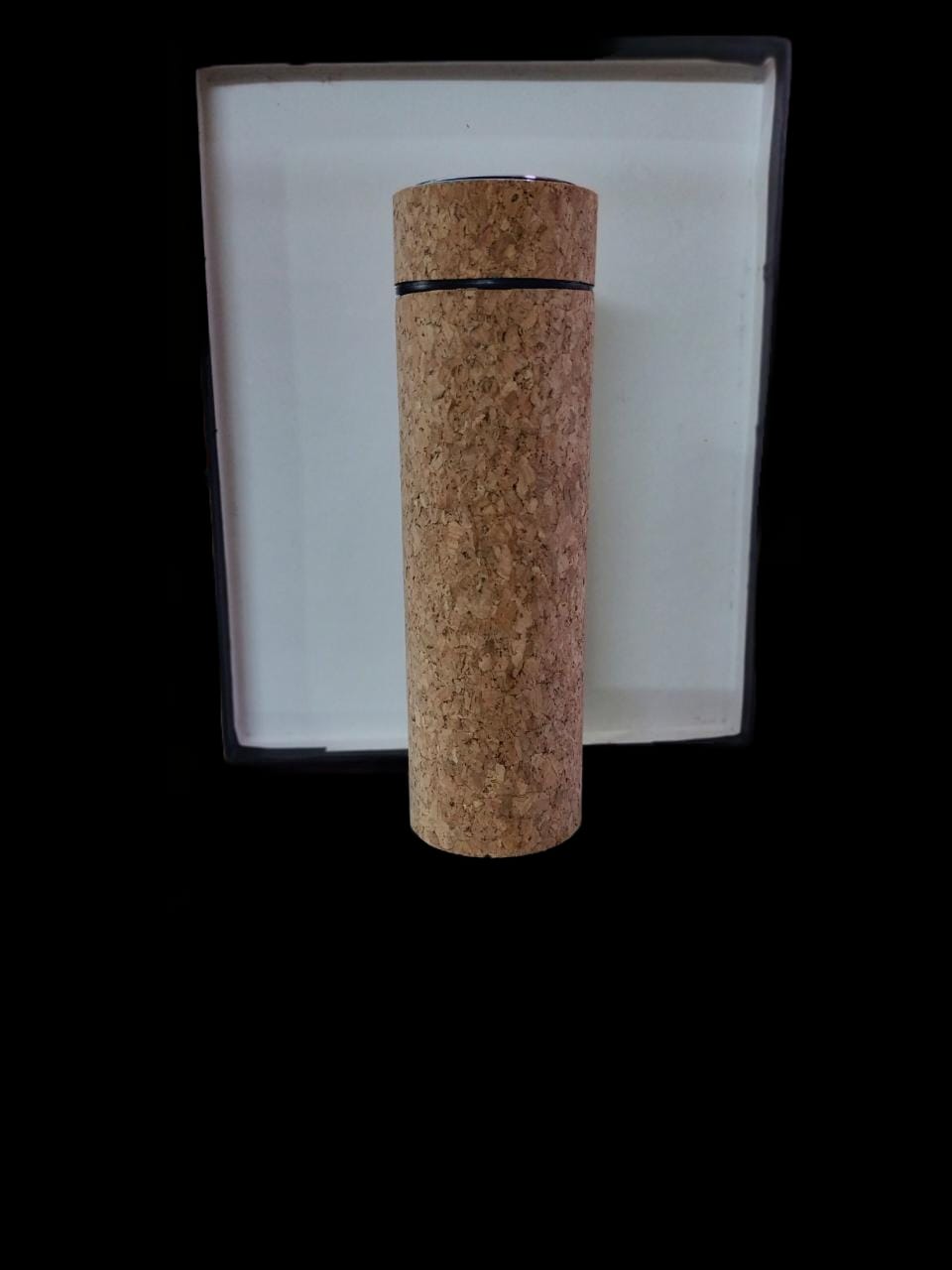
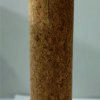





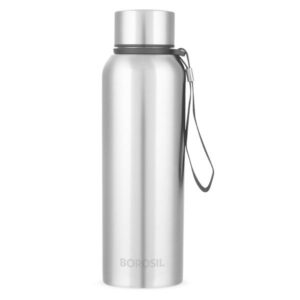
Reviews
There are no reviews yet.